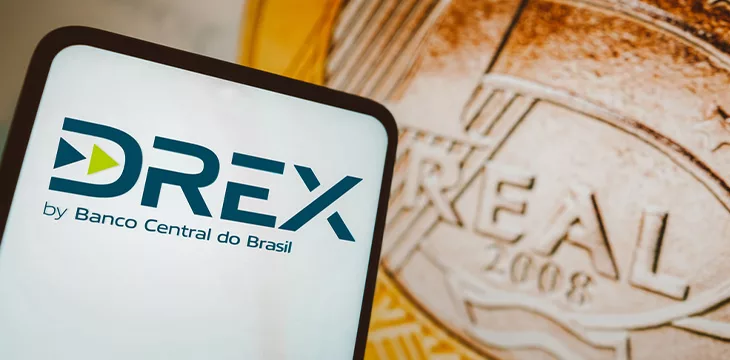
|
Getting your Trinity Audio player ready... |
All across the world, the number one concern about central bank digital currencies (CBDCs) is the erosion of financial privacy.
Polls in the United States, the United Kingdom, Canada, and other Western nations show that privacy and government overreach are top reasons for those who oppose CBDCs. The story tends to differ in developing nations like Nigeria and Indonesia, but privacy concerns were enough to cause Brazil’s central bank to delay its DREX CBDC initiative.
While Banco Central Do Brasil will continue to explore use cases and applications in the meantime, it said that privacy solutions it has tested “have not presented the necessary maturity to guarantee compliance with all legal requirements related to preserving citizens’ privacy, despite having evolved over time.”
The DREX CBDC uses a permissioned version of Ethereum’s Hyperledger Besu with multiple parties running nodes. Given the transparent nature of blockchains, the central bank has tested several privacy solutions, including Anonymous Zether and Ernst and Young’s Starlight, both of which utilize zero-knowledge proofs (ZKPs) and Parfin’s Rayls.
None of these solutions have met the standard required to comply with Brazil’s bank privacy legislation. The central bank will now explore Microsoft’s (NASDAQ: MSFT) privacy solution, ZKP Nova, which, as the name suggests, also uses ZKPs.
Unlike Pix, the country’s instant payment solution, which launched in 2020, DREX is not supposed to be a pure payment solution. Rather, it will enable programmable payments. The ultimate aim is to promote financial inclusion so that obtaining finance or making investments is easier, including for the 34 million unbanked adults in the country.
Privacy and government control concerns have a solution
Concerns about privacy and undue government control over CBDCs are not unfounded. As a form of digital cash operating on transparent ledgers, they would give central banks and all who have access to their data an unprecedented overview of how much is being spent, where, when, and by who.
Both concerns are rooted in one fundamental problem: as with Brazil’s DREX, governments are releasing CBDCs on permissioned blockchains that don’t scale. Ethereum’s HyperLedger Besu, for example, has reached a maximum of 10,000 transactions per second (TPS) in test environments, making it easy to track and trace transactions.
The solution is to run CBDCs on a single scalable public ledger with proof-of-work (PoW) miners so no single party can easily gain control of the network. For example, the BSV blockchain can already do 100,000 TPS, with millions reached in testing, and miners do not need permission to join the network.
Such a large volume of transactions from an infinite number of applications would increase privacy by making it extremely difficult to pinpoint any one transaction or the parties involved. While it is always hypothetically possible to track and trace transactions on a public blockchain, the sheer effort involved in doing so amidst such a large volume of them would mean authorities could only focus on detecting transactions linked to serious crimes.
Massive scaling on a public, permissionless blockchain with tiny fees that make micropayments viable is the only long-term solution to the concerns around CBDCs. As long as these digital currencies run on ledgers that governments control and that can process a limited number of transactions, it will be relatively easy to watch what citizens are doing and, in some cases, control what they can do.
Only the original Bitcoin protocol, alive and well as BSV, can scale to the required levels. In the absence of CBDCs being built on it, Bitcoin itself becomes the alternative solution concerned citizens are looking for.
To learn more about central bank digital currencies and some of the design decisions that need to be considered when creating and launching it, read nChain’s CBDC playbook.
Watch: CBDCs are more than just digital money

 11-22-2024
11-22-2024


